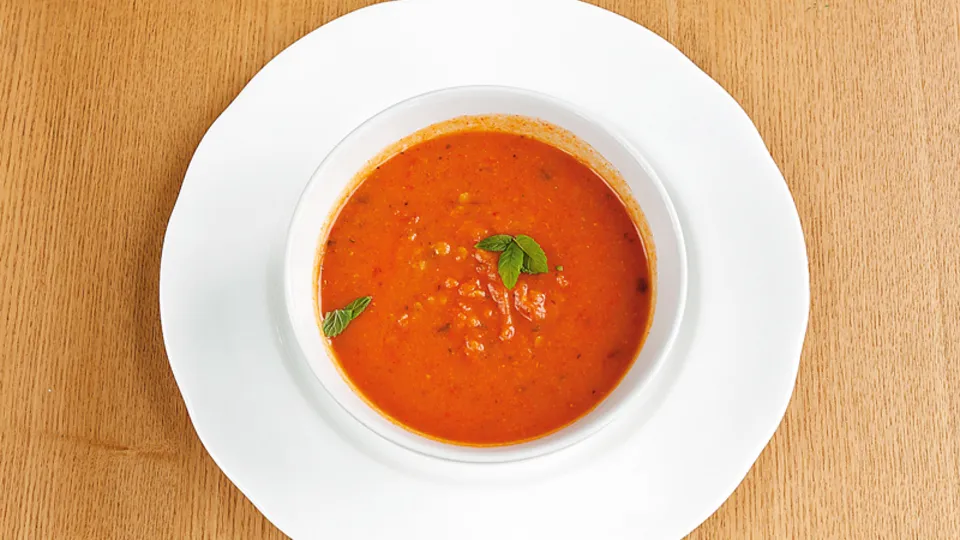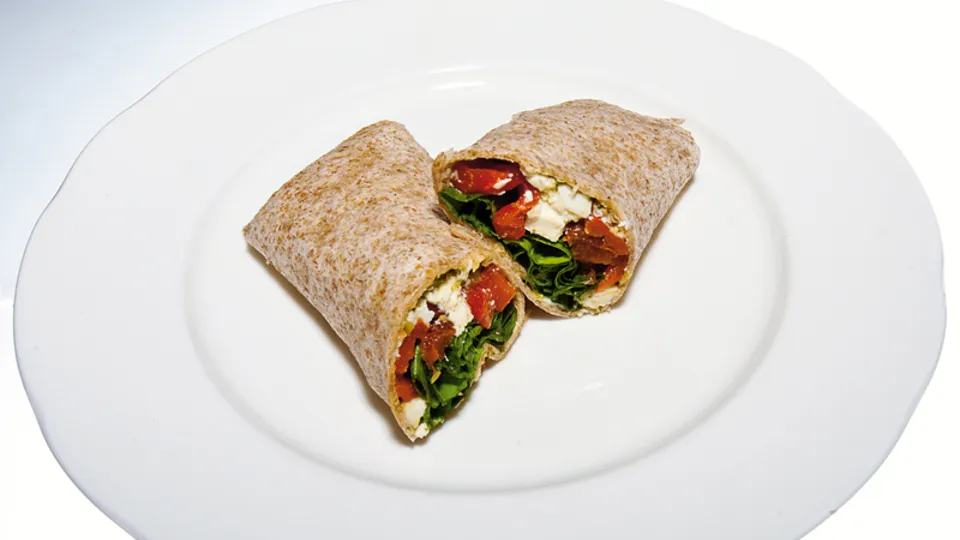What you eat and when is important for cycling, and a nutrional lunch before a ride or training session is essential.
Here are six lunches that'll keep you going all afternoon.
Power sandwich

Choose breads that have a low glycaemic index so your blood sugar level remains constant throughout the afternoon – good choices include rye, spelt, wholemeal and multi-seeded varieties of breads or bagels. For an extra punch of omega 3 fats, excellent for helping with muscle soreness, try walnut bread.
For a moderately active cyclist (working out at 70 per cent maximum heart rate for an hour, three times a week) one round should be enough. If you increase the training, increase the sandwiches. Try to vary your fillings – chicken, tuna, salmon, eggs and houmous are all good choices. Increase nutrient density by adding vitamin-rich rocket or watercress, grated carrots and even sprouting bean shoots.
Vitamin-boosting soup

Soup is a great way of getting loads of nutrients and vitamins in one pot. Whether shop bought or homemade, try choosing varieties that contain root vegetables like sweet potato, or butternut squash. Combined with a multi-grain roll this will provide the carbohydrates you need for a late afternoon training session.
To help with muscle recovery, try to include some low-fat protein sources like beans, pulses and lentils – these will also give you an iron boost. Just remember that supermarket soups can be high in salt so drink plenty of fluid throughout the day and during your workout. Half a 600ml carton of ready-made soup or one large bowl of homemade soup should keep you fuelled.
Takeaway choice
If you are buying lunch from the local coffee shop or supermarket, you can’t go wrong with sushi. While shop bought sandwiches can look like good choices, check the energy values – a lot are calorie laden and high in saturated fats.
The same goes for salads, as many contain high-fat dressings or mayonnaise. Sushi is naturally low in fat, high in carbohydrates and, if you choose salmon varieties, you will also get omega 3 essential fatty acids. Go for a medium-sized pack.
Pasta fix

Many people assume that if you need a carbohydrate-rich meal then pasta is the best choice, but rice, potatoes and sweet potato also feature high on the list of good carb-fuelling. One of the great things about pasta, though, is that it’s very portable.
Where possible use wholemeal, spelt or buckwheat pasta and go for a serving size of around 50g (dry). If opting for a pasta salad try adding chickpeas to boost your intake of calcium, magnesium, B vitamins and iron. Add other salad ingredients and then mix with lime juice, chopped coriander and chilli for a spicy lunchtime treat.
Take the wrap

If you have time, the following wrap is a tasty low-fat and high-carb treat. Bake half a small sweet potato (chopped) in the oven with 1tsp of olive oil and red chilli for about 15 to 20 minutes until cooked – keeping the skin on for extra fibre and vitamin C.
Take a wholemeal tortilla and add the sweet potato mix, some low-fat feta cheese and spring onions. This tasty wrap comes in at about 400kcal, with 13g fat and 1.3g salt so you still have space for a little something sweet.
Sweet treat
Many people enjoy something sweet to finish off their meal, and there’s no reason why you shouldn’t end a meal with a dessert, as long as you treat your pudding as fuel rather than a sinful treat. Try a chopped banana and mixed berries topped with some fat-free yoghurt and a teaspoon of honey. This fruity little number will provide you with carbohydrates, calcium and vitamin C.
If only a chocolate fix will do, then make sure you go for varieties where the cocoa content is at least 50 percent – this will prevent blood sugar fluctuations – and try to restrict yourself to no more than six small squares.

